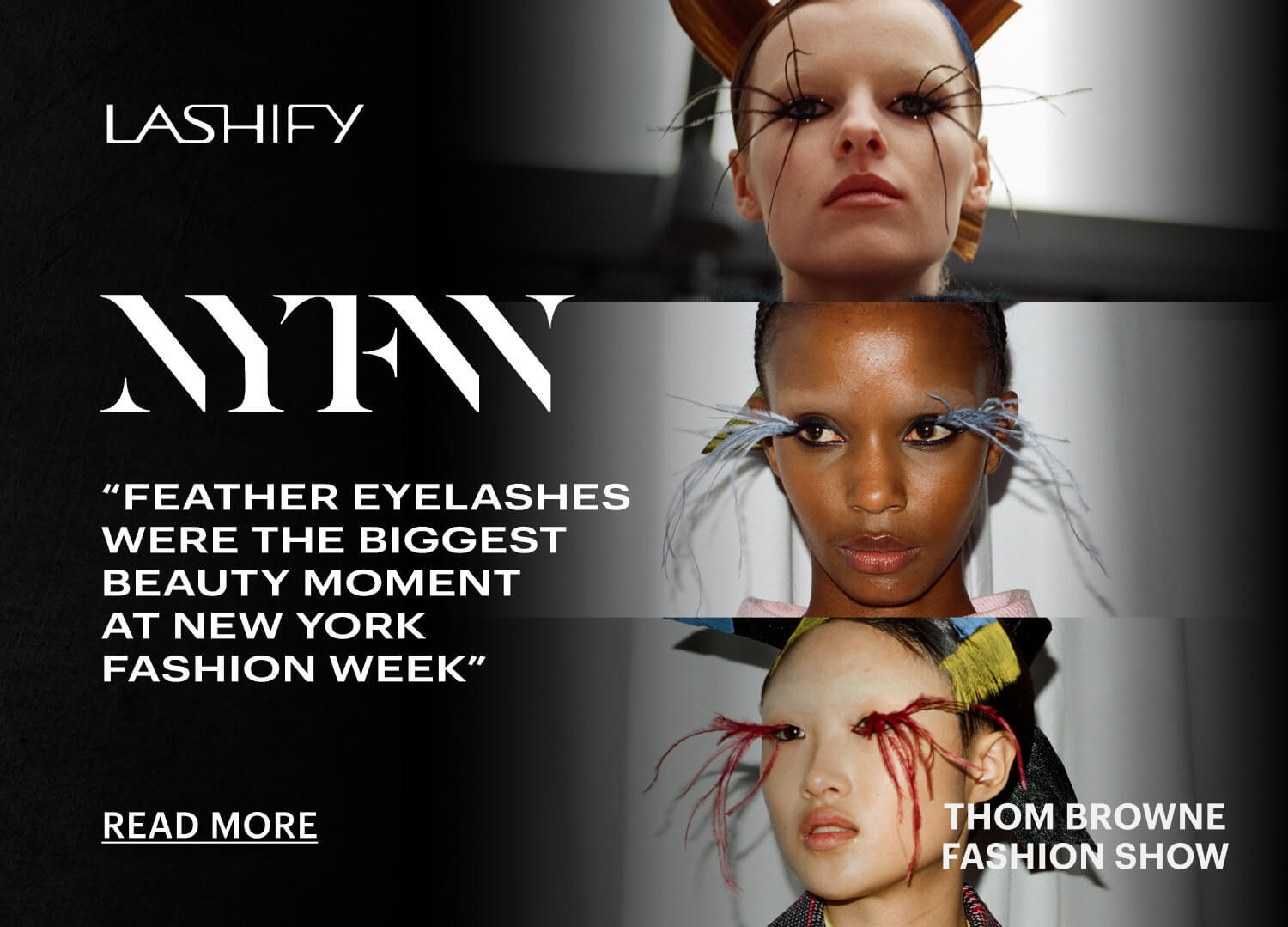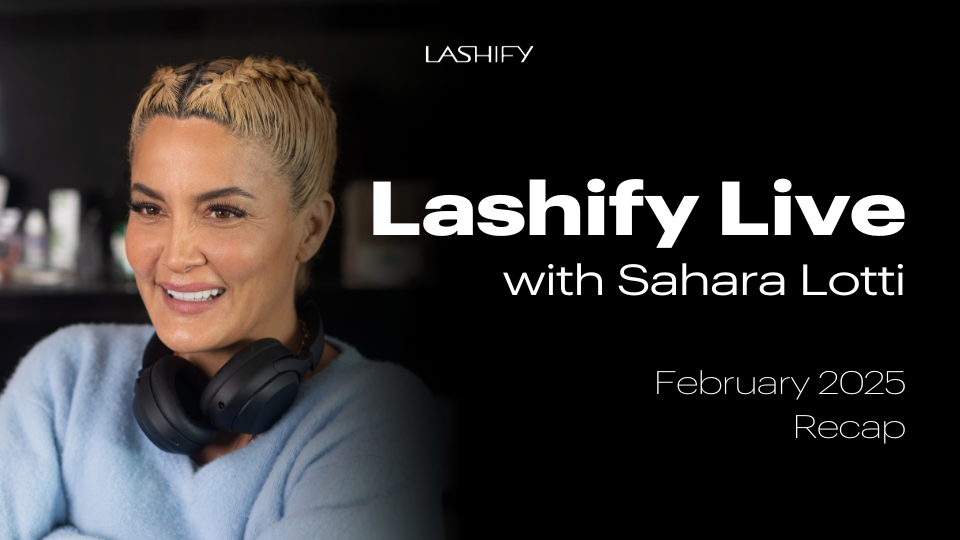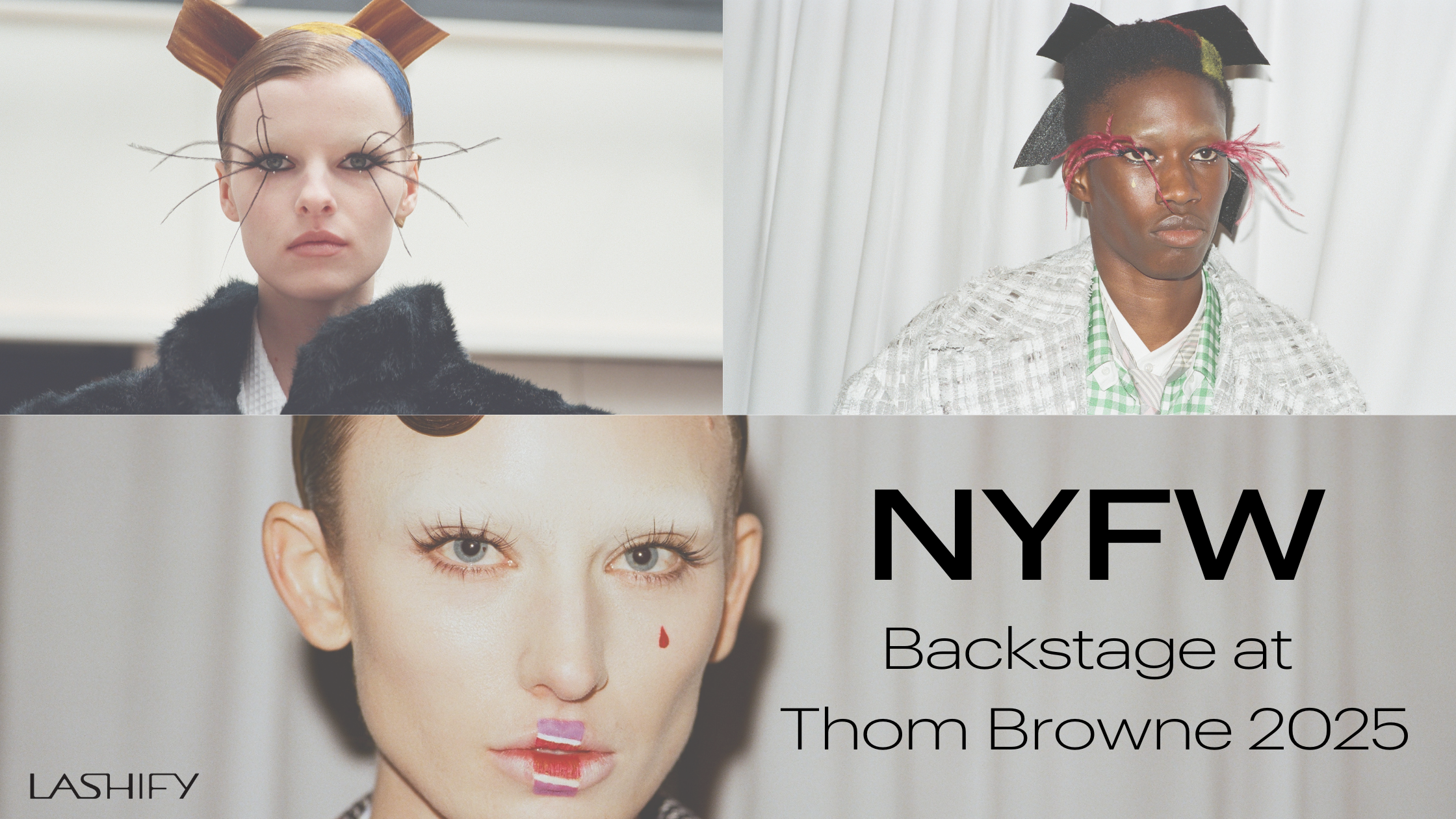Spring is here, and with it comes a fresh wave of dewy beauty trends that we cannot get enough of. The wet lash look—sleek, spiky, and irresistibly...
Read and Shop
The Lashes That Swept NYFW
Discover the Gossamer® lash styles that left a mark at NYFW '25— from fluttery custom feather lash maps to Cherry Stax spikes, Lashify stole the show.

Latest Posts
It’s been an unforgettable year at Lashify Melrose Place! One year ago, we opened the doors to our very first store, bringing the Lashify experienc...
Read and ShopIf you’re a Lashify lover, you already know that the right bond is the secret to long-lasting, flawless lashes. And when it comes to Lashify’s Bond...
Read and ShopMeet Black Ice: Lashify’s Refined Take on Everyday Glam Looking to add a touch of drama to your everyday look without straying into full-on “wow, t...
Read and ShopEven the best lash applications may need a little refresh from time to time, and that’s where Lashify touch-ups come in. Whether you’ve noticed a s...
Read and ShopJoin our visionary Founder and CEO, Sahara Lotti, as she recaps all the exciting moments, innovations, and insider tips. From exclusive product rev...
Read and ShopThere’s nothing quite like the energy of a Thom Browne Fashion Show. It’s not just fashion—it’s theater, it’s fantasy, it’s a world unto itself. An...
Read and ShopLashify's DIY lash extension system makes it possible to customize your lash look to suit your eye shape and desired style. If you’re diving into t...
Read and Shop






